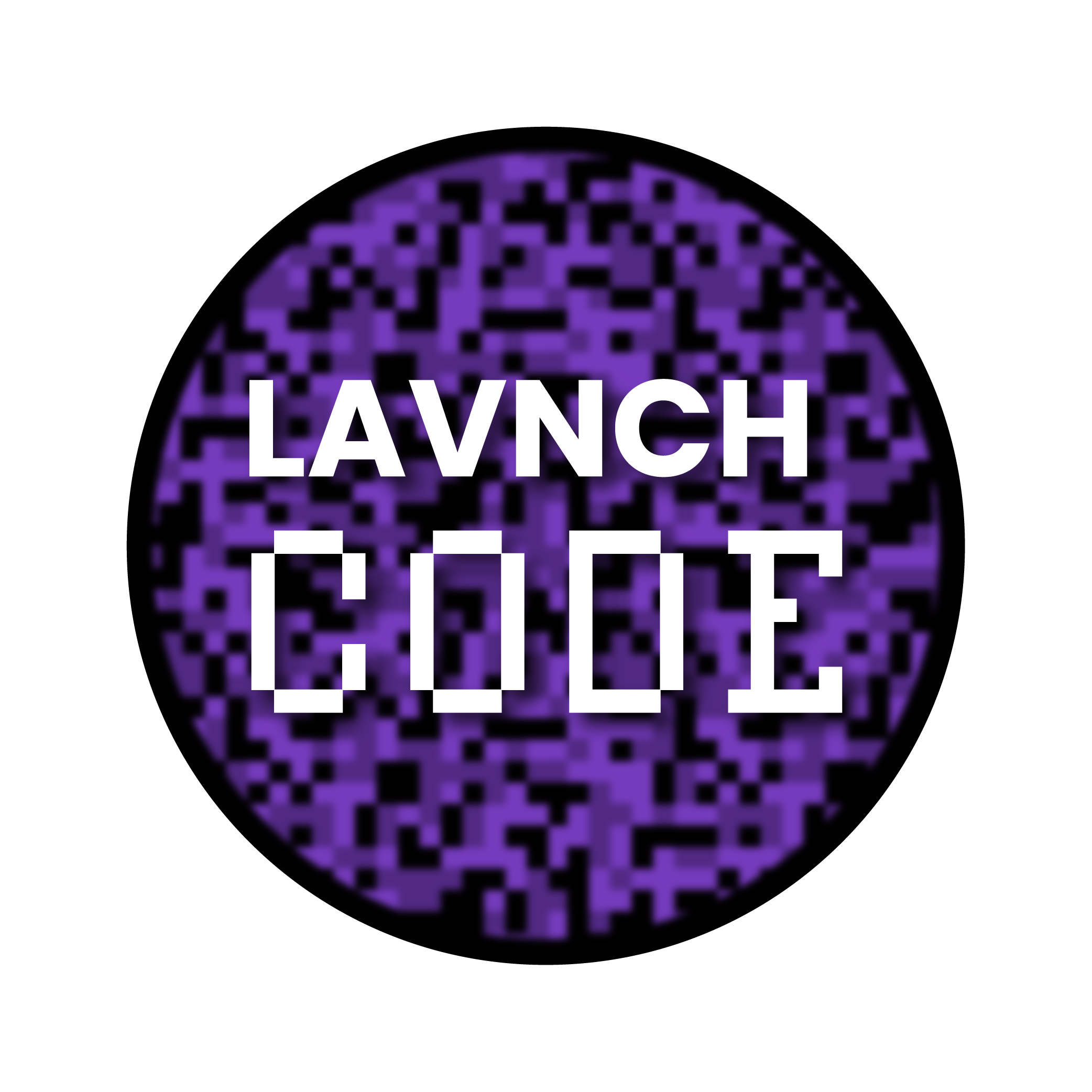
AI and Virtual Production

In the ever-evolving world of filmmaking and visual effects, technology constantly pushes the boundaries of what is possible. One such advancement that has gained tremendous momentum is generative artificial intelligence (Gen AI). Via the introduction of generative adversarial networks, or GANs, a machine learning algorithm, generative AI can create convincingly authentic images, videos, text, audio, etc.
By harnessing the capabilities of generative AI, virtual production, and in-camera VFX are witnessing a paradigm shift, offering filmmakers unprecedented creative freedom and efficiency. This article will explore how generative AI revolutionizes the industry, from creating realistic environments for LED volumes to automating complex tasks like rotoscoping and marker less motion capture.
Realistic Environments with LED Volumes
Traditionally, filmmakers relied on green screens and post-production compositing to create backgrounds for visual effects shots. In early 2020, virtual production with LED volumes introduced a groundbreaking solution by seamlessly integrating photorealistic animated and tracked real-time environments into live-action filmmaking. This advanced workflow, seen in shows like the Disney+ series The Mandalorian and Netflix’s 1899, enables filmmakers to shoot in-camera, reducing the need for extensive post-production work and facilitating a more interactive and immersive production process.
A primary challenge in LED volume workflows is the long lead time necessary to develop photorealistic environments, which must be completed before production can commence. Tools like Cuebric, Runway, and Kaiber leverage generative AI to quickly generate complex environments, providing unparalleled realism speedily and at a lower cost than traditional visual development.
Rapid 3D Object and Environment Creation with NeRFs
Neural Radiance Fields (NeRFs) are another powerful technique for creating 3D objects and virtual production environments using generative AI. NeRFs employ machine learning algorithms to infer 3D representations from 2D images, enabling filmmakers to quickly build virtual elements using equipment as simple as mobile devices.
Tools from Nvidia, Luma.AI, and Volinga make this complex capture process user-friendly. Their streamlined approach eliminates the need for traditional 3D modelling and speeds up the production pipeline. By leveraging the potential of NeRFs, filmmakers can efficiently generate complex digital assets, including characters, props, and entire worlds, providing a new level of creative freedom and flexibility.
Markerless Motion Capture with AI
Capturing the subtle movements of actors is another crucial aspect of virtual production, often requiring expensive marker-based motion capture volumes. However, AI and machine learning have revolutionized this process by enabling marker less motion capture. By analyzing and learning from vast datasets of human movements, AI mocap tools like Move.AI/disguise can accurately interpret and replicate actors’ gestures and actions.
Watch the video below to hear a rep from disgusie talk about its Move.AI partnership.
The technique frees actors from cumbersome marker suits and allows them to perform naturally while AI-driven systems precisely capture their movements via machine vision. It also lowers the barrier of entry to motion capture by reducing the costs and necessity of specialty cameras and dedicated motion capture volumes. The result is a seamless integration of live performances with virtual elements, enhancing the cinematic experience.
Streamlining Visual Effects Pipelines
The implementation of generative AI in virtual production and in-camera VFX has also transformed the overall visual effects pipeline. AI-powered tools such as Wonder Studio from Wonder Dynamics and Nuke’s CopyCat can automate labor-intensive tasks, reducing the monotony of intricate post-production work. By utilizing machine learning algorithms, time-consuming methods such as rotoscoping and tracking can be automated, liberating artists to focus on the more creative aspects of their work. The efficiency brought by AI in visual effects pipelines empowers creatives to explore innovative ideas and push the boundaries of visual storytelling.
What’s Next for AI and Virtual Production?
Generative AI offers a new era of possibilities for virtual production and in-camera VFX. By leveraging the power of generative AI, filmmakers can iterate on realistic environments for LED volumes, rapidly generate 3D objects and environments using NeRFs, and achieve marker less motion capture. These advancements, coupled with the automation of labor-intensive tasks, streamline the visual effects pipeline, and empower creatives to focus on their artistic vision. As the technology continues to evolve, we can expect even more incredible advancements in generative AI, propelling the industry to new heights of creativity and innovation.
Editor’s Note: This blog is part of a series for Artificial Intelligence (AI) Appreciation Day, which is held annually on July 16. Click here to read more AI Day stories from LAVNCH [CODE] and click here to read more AI Day stories from rAVe [PUBS].
About the Author: Noah Kadner is the virtual production editor at American Cinematographer magazine. He also hosts the Virtual Production Podcast and founded VirtualProducer.io. Kadner wrote the Virtual Production Field Guide series for Epic Games, makers of Unreal Engine. He’s a LinkedIn thought leader in virtual production, generative AI, and mixed reality.







